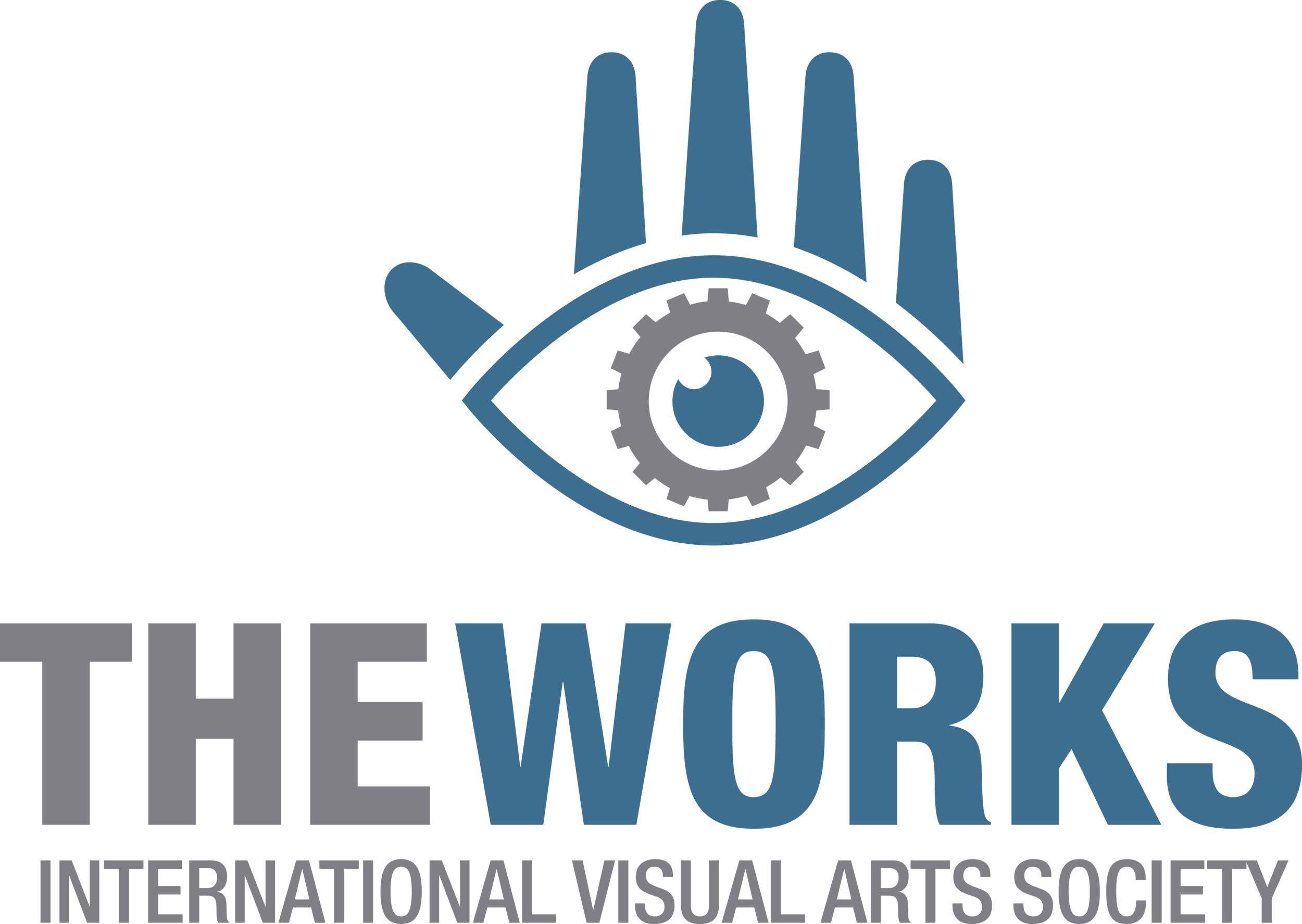Dyscorpia

Detail of “Solastalgia”, Brad Necyk and Dan Harvey, 2019
By: Alfred Muszynski, Production Assisstant.
The fascinating thing about digitization of the body is that you will not notice it on your physical self. The discovery of the digital body is a bit like discovering yourself as the host of your own doppelgänger. And after seeing the Dyscorpia exhibit at the Enterprise Square Gallery, you might have the feeling this “Body 2.0” is, at last, trying to shed it’s skin with disregard for it’s biological home.
One of the great achievement of this exhibit is giving you the feeling that you are meeting on equal grounds with technology. The reason for this reconciliation is that this meeting occurs inside and on your very familiar and somewhat predictable body. In Brad Neck and Dan Harvey’s “Solastalgia” you find yourself surrounded by screens of deformed natural landscape and you can easily imagine that if your digital identity was to look for a natural haven, this could be it. An overwhelming nature which still manages to leave space for rest and control. A text reads: “Solastagia names the melancholy experienced when home itself becomes new and uncanny” and upon reading it I realized that maybe it was about time, we welcomed our body into the digital home we denied it access to.
The mind has been an overpowering presence in our consumption of virtual space and any introduction of the body into it feels clumsy and unpractical. But when you enter the A-Life team’s project “Human in the Loop” you can see your body transferring to digital space in a way that is simple, intuitive but meaningful nonetheless. Your presence is captured by visual captor to then be projected in front of you where it is consumed by many geometric creatures powered by a constantly learning artificial intelligence. While it might not be physically interacted with, your body is accounted for and stimulated. It’s presence or absence has a significance. What I thoroughly enjoy about this project is that it does not consider the body as a mere support for a VR headset that might feel to some like an unnatural extension. It is a fluid transfer of a presence which then acts productively in the digital world by being a learning tool for AI.
The second great aspect of this piece is that it answers an other great issue of virtuality which is the lack of digital literacy. It does so by presenting in detail the code behind the installation for all to see and learn from.
I could go on about the many projects that have captivated me in Dyscorpia but my personal take away is that most of these projects have given my lonely digital body a sense of home and vulnerability which is lacking in the current cyberspace. My body has found common ground with immateriality and I believe that for the time of my visit my digital alter ego has shed it’s old skin and found itself a place to rest for a while.
________________________
About the author: Born in New York in 1998, Alfred Muszynski is an interdisciplinary artist working in new medias,performance and painting. He lives and works in Montreal and is now working towards a BFA at Concordia University. His work acts as a contemplative experience of virtuality, evolution and spatialdimensions. His process is also heavily inspired by the theory of the independent cyberspace popularized by John Perry Barlow. He has exhibited at Quebec’s intercollegiate of visual arts for two consecutive years and has participated in multiple student exhibitions such as Metamorphosis, held at Espace Cercle Carré, Montreal which allowed him to be featured in an online publication on LaPresse.

